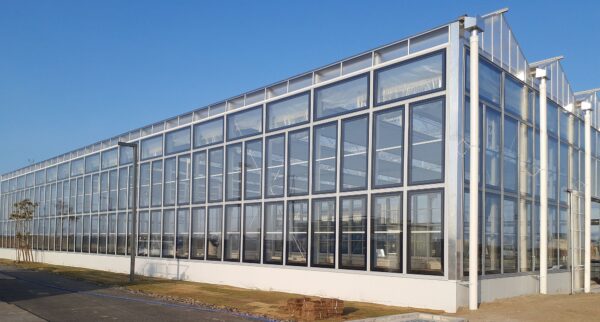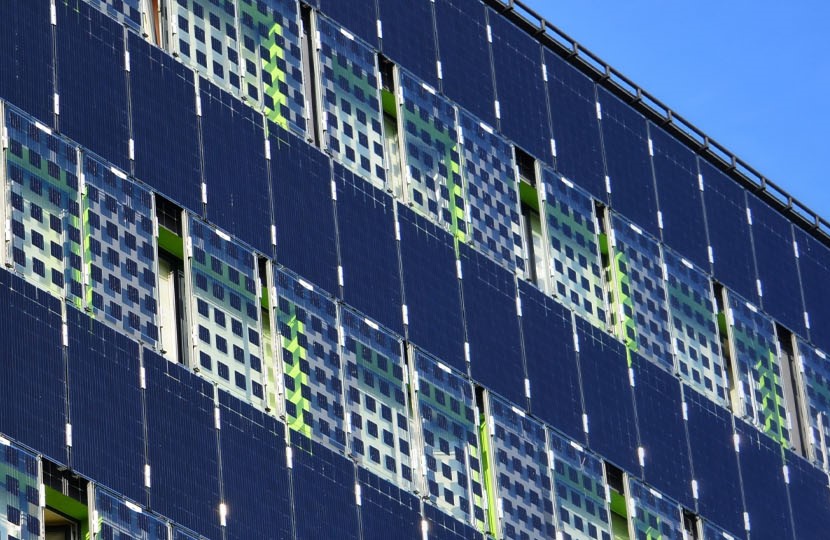Australia has the world’s highest uptake of small-scale solar but a new report published by the International Energy Agency Photovoltaic Power Systems Programme (IEA PVPS) says that the contribution of building integrated photovoltaics (BIPV) to the countries’ total solar generation remains “insignificant.”
The agency said despite the potential of BIPV technology – which integrates PV into building elements such as roof tiles, cladding and windows – its contribution to the built environment and the total PV generation in Australia is very limited.
Data provided by solar consultancy SunWiz shows that solar installations on household and business roofs have reached 25 GW of total capacity across Australia. The IEA PVPS Technological Innovation System for BIPV in Australia report shows less than 1 MW of BIPV capacity was installed in Australia in the six years to 2021.
The authors of the report said the Australian building sector has shown a slight interest with recent installations and approved projects but BIPV continues to operate in a “niche” market.

Image: ClearVue
The authors said BIPV offers a great mechanism to utilise unused facade space to generate renewable energy that can feed back to the grid, deliver cost savings, increase building valuations, and improve whole building lifecycle costs.
“However, their practical applications to the Australian building industry are challenging, complicated, value sensitive and require their bespoke nature,” they said.
The report suggests that a broader rollout of BIPV technology in Australia is being hindered by knowledge gaps, limited products and availability, and a lack of specific building standards – especially those addressing fire safety and structural loads.
It also highlights a lack of collaboration between solar, building, construction and utility sectors, limited government support, and a lack of vision for BIPV development.
“BIPV-related resource availability is weak because there are few experts, scarce resources, and fewer funding opportunities for upstream and downstream suppliers,” the report reads.
“Capital is inadequate due to the discrete nature of the building and PV industries, lack of demonstration projects, misconceptions, and limited awareness.”
“Market formation is weak as government, entrepreneurs and lead users do not contribute actively to the development of the BIPV.”
The authors said new BIPV suppliers and distributors are entering the Australian market but the uptake of the technology is still low.
In their report, they presents a list of recommendations aimed at expanding the BIPV market in Australia, including creating a common platform to boost knowledge sharing, increasing market engagement, and developing and improving building codes and regulations.
“There is limited standard process for integrating BIPV into the building envelope in Australia,” the authors said, noting that BIPV products are currently required to meet construction codes that would not be adequate to confirm the safety behaviour of BIPV modules as a building material.
“Initiatives should be implemented to add regulations for BIPV,” they said.
The report also calls for government intervention to support actors in the upstream and downstream value chains of the BIPV in Australia.
“Historically, large-scale applications have been initiated because of government support schemes for renewable energy,” the report reads. “Similarly, BIPV-specific funding schemes for upstream and downstream stakeholders may increase the deployment and enhance market development.”
This content is protected by copyright and may not be reused. If you want to cooperate with us and would like to reuse some of our content, please contact: editors@pv-magazine.com.









2 comments
By submitting this form you agree to pv magazine using your data for the purposes of publishing your comment.
Your personal data will only be disclosed or otherwise transmitted to third parties for the purposes of spam filtering or if this is necessary for technical maintenance of the website. Any other transfer to third parties will not take place unless this is justified on the basis of applicable data protection regulations or if pv magazine is legally obliged to do so.
You may revoke this consent at any time with effect for the future, in which case your personal data will be deleted immediately. Otherwise, your data will be deleted if pv magazine has processed your request or the purpose of data storage is fulfilled.
Further information on data privacy can be found in our Data Protection Policy.